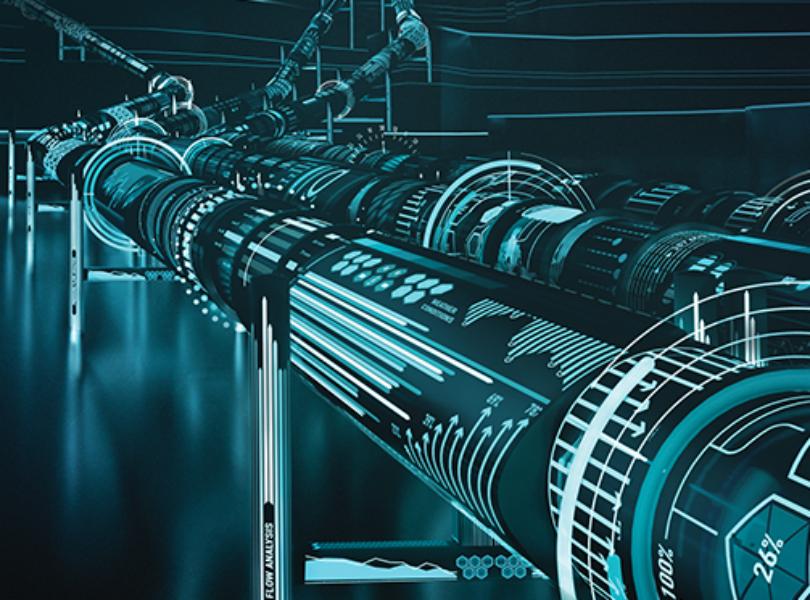If you manage or work with an MHE operation, you’re well aware that battery-powered industrial trucks are becoming more and more prevalent. Since safety and efficiency are paramount in any warehouse, it’s not a surprise that companies are excited about longer run times, shorter recharging times and reduced emissions of battery operated trucks.
Of course, these trucks do provide their own challenges, such as establishing well-organized and maintained charging areas and following proper safety practices while charging.
Risks of Battery Charging
- Batteries can weigh up to 2,000 lbs. Imagine dropping a 20lbs dumbbell on your foot and the damage it could do to bones and your pride. Now imagine 100 more of them dropping onto your foot at the same time.
- Batteries should always be lifted using a lifting beam or other equal MHE.
- Battery acid is highly corrosive and can burn the skin, causing severe pain and damage, if not immediately treated with water and an acid spill kit.
- Make sure spill kits are located in battery changing areas and are easily accessed in an emergency.
- Hydrogen gas is present.
- Post no-smoking signs and enforce them
- Use spark-resistant tools
- Follow proper ventilation practices and avoid anything that might cause an electrical arc.
The Safety and Convenience of Water Systems
With the above risks present in battery changing, wouldn’t it be nice to trim down on potential hazards, as well as expediting the charging process? This is where water systems come into play, perfectly straddling the line of safety and efficiency in MHE operations.
During the recharging process, some of the water inside the batteries breaks down into its components of hydrogen and oxygen, which then escape the battery (this is why hydrogen gas is present and ventilation required). Since the electrolyte solution is why you need to water your batteries. Water needs to be refilled to maintain the correct chemical balance and also to keep the acid solution inside the battery at the right level.
Water systems allow for easy battery watering without the risk of acid spills or splashes, and they greatly reduce the threat of human error. They also provide watering for multiple batteries at once, connected via a series of tubes and modified battery caps. No longer does a worker need to remove every cap and pour in the perfect amount of water, hoping not to be accidentally exposed to raw battery acid.
Water systems allow a worker to fill a bank of batteries from one water source, utilizing modified battery caps and a valve system to direct water to all of the batteries and to shut off delivery once a battery has the correct amount of water added.
If you think a watering system might be a way to help improve your warehouse’s safety and efficiency, or if you’re the worker tasked with manually watering your MHE operation’s batteries and would like a break from worrying about acid ending up on you, feel free to call HCO Innovations at 888-755-9566 or contact us through our website.

